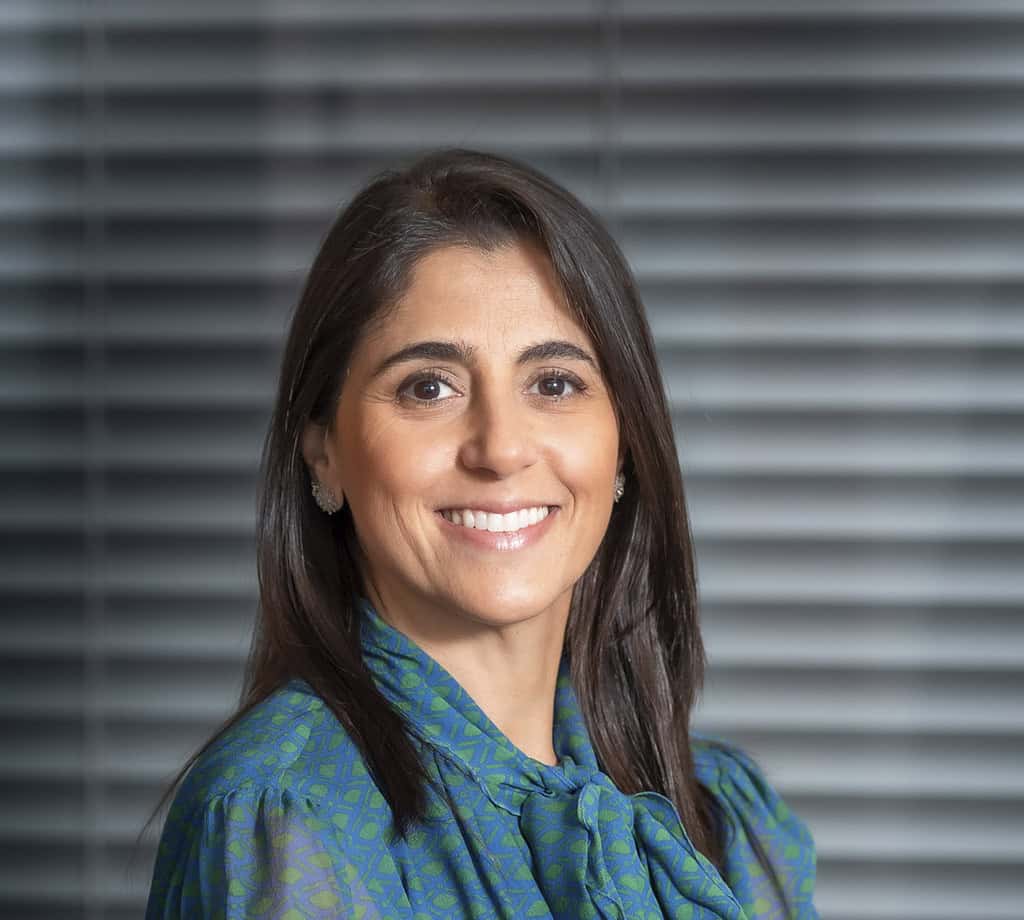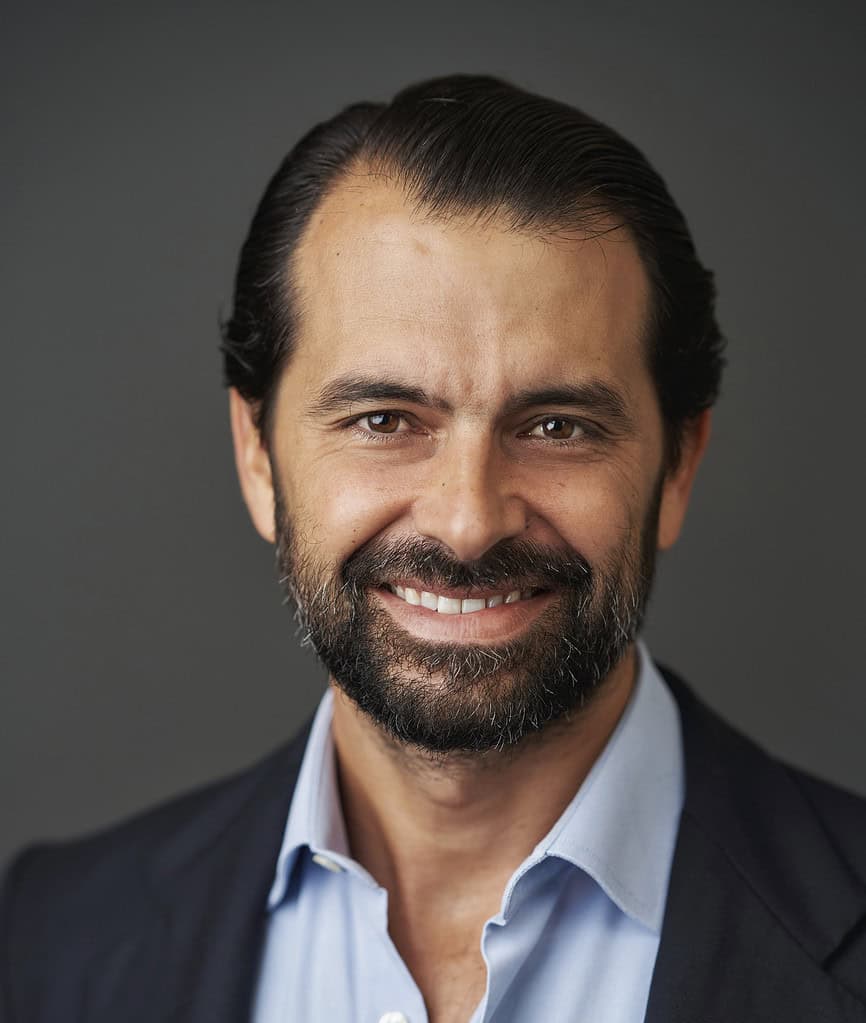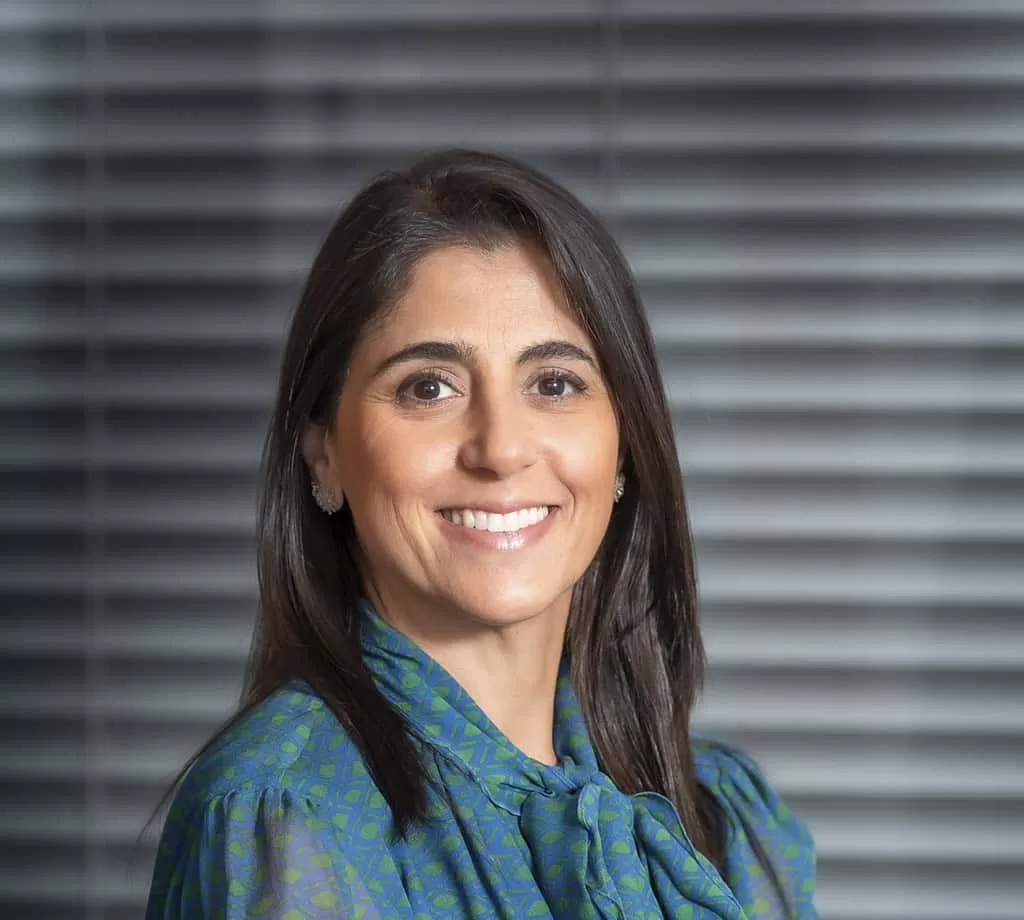The race for Latin American and Caribbean ultrawealthy assets is on, as global powerhouses compete with local giants.
Multinational and behemoth private banks increasingly view Latin America as a cornerstone of their growth strategy.
Recently, global giants including Citi, UBS, BBVA, and Santander have revamped their teams and opened new divisions in the region, aiming to leverage their leading global offerings for a larger piece of the wealth pie. Meanwhile, local players such as BTG Pactual and Bradesco have been opening their wallets to increase the breadth of their services in asset classes and geographical reach.
The ultimate prize is an evolving market projected to reach $1.3 trillion in assets by 2029, according to a recent report by Research and Markets. “Banks need to grow, and there’s little room for that in markets such as China or Europe right now,” explains William Trout, director of Securities and Investments at Datos Insights.
Getting to the pot of gold at the end of this particular rainbow may prove challenging, however, as the investment preferences of Latin America’s superwealthy grow more sophisticated.
“As individuals become wealthier, their needs become ever more global,” says Alfonso Castillo, global head of Santander Private Banking. “They tend to increase investments in hard currencies while seeking a more sophisticated, comprehensive value proposition.”
The Complexity Of Wealth
These evolving demands do not replace but rather add to the “complexity of wealth in Latin America,” argues Trout. “The interconnections between businesses and families and the way the relationships are structured make the landscape particularly complex, and good planning an imperative.”
The region also faces structural changes in both demographics and wealth composition, says Antonio Gonzales, head of Latin America at Citi Private Bank. “Women already control more than half of the financial decisions in the business ecosystem in several countries, contributing to a more diverse and profound decision-making process when it comes to preparing the next generation of wealth owners.”
Furthermore, as customer needs grow more complex and global, traditional family offices are progressively looking to the big banks for support in meeting parts of their function.
“Although a family office has many advantages, it doesn’t always have the scale and resources of a private bank,” Santander’s Castillo notes. Last year, Citi Bank’s proprietary research found that just 30% of investments from family offices in Latin America were directed toward their own region, whereas 80% of investments from their counterparts in the US and 54% from Europe, the Middle East, and Asia remained within their respective geographic boundaries.
Yet, despite banks’ growing ability to provide more tailored services, there are no signs that the family office model is being abandoned. “I don’t see banks gobbling up family offices anytime soon,” says Datos Insights’ Trout. In fact, the number of single-family offices in Latin America serving one family exclusively, grew by an astonishing 200% over the past decade, according to recent research by Capgemini.
Stakes Are Getting Higher
To meet the plethora of evolving needs, banks have been pouring massive investments into the region.
Under Gonzalez’s leadership, Citi Private Bank recently laid out an ambitious plan to double its LatAm presence.
“Considering the estimated projections of wealth generation in the region,” he says, “we believe it is possible to double our business in Latin America in the medium- to long-term, focusing on UHNW [ultra high net worth] individuals and families with at least $25 million.”
Boosted by its takeover of Credit Suisse early last year, Swiss powerhouse UBS recently made its LatAm division an independent unit, “recognizing its significantly increased size and potential,” the bank said in a memo.
Similarly, Santander has added 90 new private bankers to its Latin America-focused Miami office and in Mexico. The Spanish financial services giant expects to reach €500 billion ($556 billion) in assets under management (AUM) by 2025 and sees Latin America accounting for the bulk of that growth.

Aiming to boost clients’ already growing demand for global investment products, Brazilian behemoth BTG Pactual has gone on an acquisition spree. Recently, the bank took over New York-headquartered M.Y. Safra Bank and completed the acquisition of FIS Privatbank in Luxembourg. BTG has also opened offices in Miami, Portugal, and Spain.
The bank’s focus lies firmly on the offshore business, where it expects to reach $30 billion in AUM by next year, according to Rogerio Pessoa, head of wealth management.
Bradesco Private, another local giant, has followed a similar path. Focusing on improving its offshore offering, the Brazilian bank has ramped up investments in Luxemburg and acquired BAC Bank in Miami, Florida, now rebranded Bradesco Bank.
Also placing offshore at the center of its growth strategy, BBVA Private in March opened a new advisory office in Miami, fully focused on Latin America. The Spanish powerhouse also disclosed plans to expand its private banking teams in Brazil and Chile, two countries where it lags behind the competition.
“Due to the higher degree of uncertainty of policy in Latin American economies, we find a strong preference for offshore assets,” says Citi’s Gonzales.
However, many clients still seek geographic protection without having to go offshore, notes Juliana Laham, chief investment officer at Bradesco Global Private Bank. “Offering global portfolios within local market investments has been a highly successful strategy,” she says. “In these cases, choosing between dollar-based strategies remains an interesting option.”
The Caribbean Lags
As Latin America grows into a key battleground for the ultrarich, the same cannot be said of the Caribbean. Due to tighter banking regulation in the US and in the region, several key players have found it challenging to keep their operations running.
The “de-risking” trend has led to the exodus of around 40% of corresponding banks from the region over the past 15 years, according to the Economist Intelligence Unit, reducing its access to global finance offerings.
“The island offshore market is getting increasingly fragmented globally as the US grows increasingly interested in closing financial loops,” Trout says. “That doesn’t bode well for the region, given that most of its AUM growth is not organic to the region as it is for LatAm wealth.”
Improving Reach May Not Be Enough
One side effect of growing demand is that clients are resorting to more banks at the same time. A 2023 paper by the Capgemini Research Institute indicates that UHNWIs maintain relationships with seven wealth management firms on average, up from just three before the pandemic.

Against this backdrop, banks have been stepping up their game when it comes to customer retention.
“It’s not just a question of footprint and scale,” argues Alfonso Castillo, global head of Santander Private Banking. “The value proposition includes innovative global investment products and goes beyond private banking services such as banking for the clients’ companies, real estate advisory, and day-to-day banking.”
“Banks that don’t offer the necessary expertise around trust, philanthropy, and even around very specialized asset classes, such as alternatives, are under the threat of falling short,” Trout warns.
Against this backdrop, the industry is increasingly prioritizing services and comprehensive planning as central components of its offering, aiming to strengthen customer loyalty in the long run.
However, Trout notes, figuring out the staffing model might pose the most significant challenge for banks looking to “support very specialized needs without being killed by the costs.”
The solution to that problem may be in technology, says Gonzalez: “Artificial intelligence can create models based on the client’s investment preferences and past behavior, then make recommendations and dynamically rebalance the portfolio based on new information or changing market conditions to correct any drifts from the core strategy. As a result, advisers can concentrate on the human-dependent aspects of client relationships: making big decisions, building trust, and understanding client needs and goals.”
